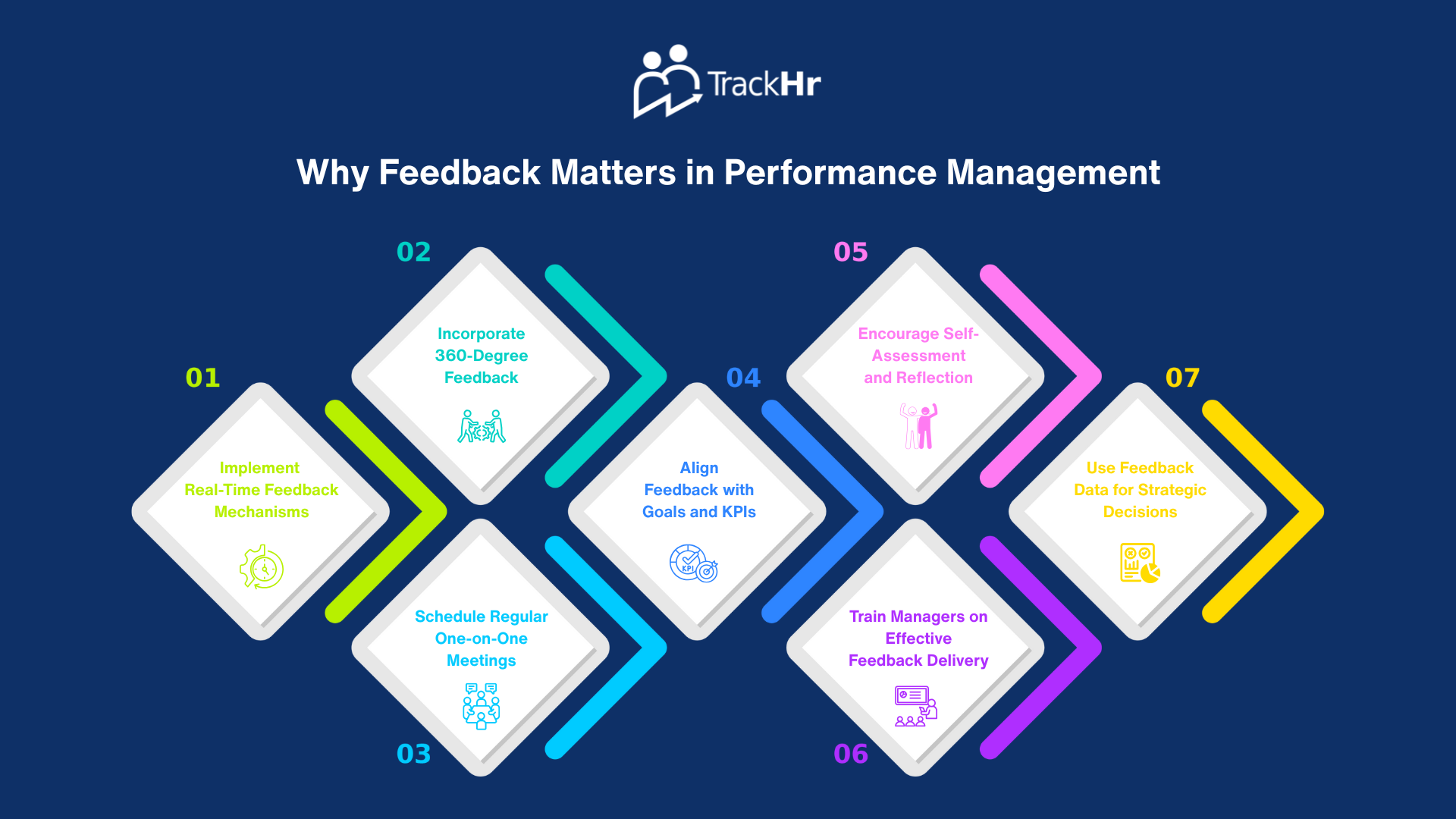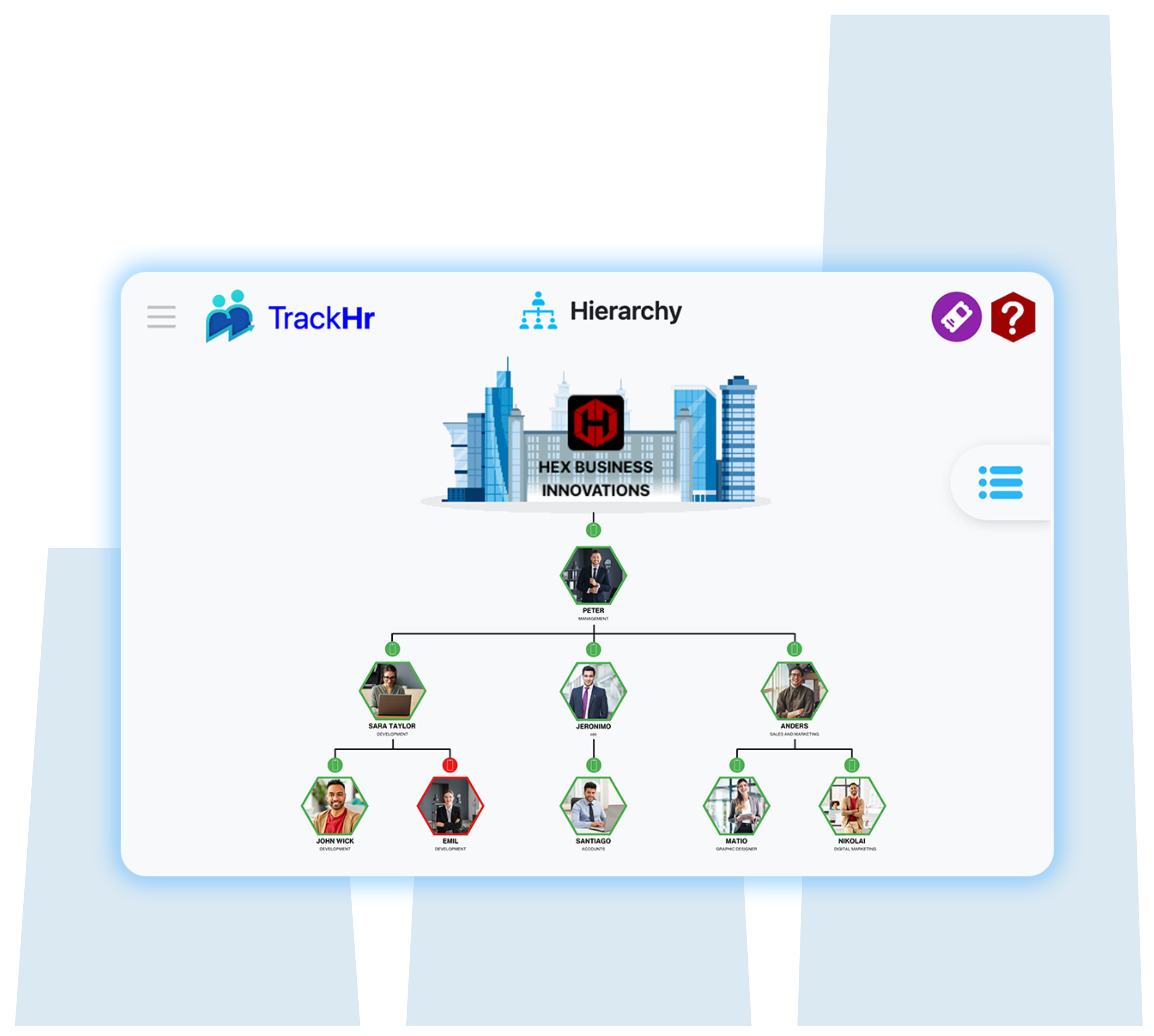Blog
Guide to Evaluating Employee Performance Effectively
- May 8, 2025
- 7:42 am

Evaluating employee performance effectively is vital for driving business success, improving individual development, and retaining top talent. A structured evaluation process helps organizations identify strengths, pinpoint areas for improvement, and align employee efforts with company goals. In this guide, we will explore best practices, tools, and strategies to conduct thorough and effective employee evaluations.
Why Performance Evaluation Matters
Employee evaluations provide a foundation for:
- Recognizing top performers
- Addressing underperformance
- Informing promotion and compensation decisions
- Setting developmental goals
A consistent and transparent evaluation process enhances trust and accountability across the organization.
1. Set Clear Performance Goals and Expectations
Before performance can be evaluated, employees need a clear understanding of what is expected of them.
Best Practices:
- Use SMART goals
- Align individual goals with team and company objectives
- Regularly revisit and adjust goals based on changing priorities
2. Use Objective and Measurable Criteria
Subjectivity can undermine the integrity of performance reviews. Establish measurable KPIs to guide evaluations.
Examples:
- Sales targets
- Project completion timelines
- Quality benchmarks
3. Collect Feedback from Multiple Sources
Incorporate 360-degree feedback from peers, supervisors, and subordinates to get a complete picture of an employee’s performance.
Benefits:
- Reduces personal bias
- Encourages teamwork
- Provides well-rounded insights
4. Conduct Regular Performance Reviews
Waiting for annual reviews is no longer effective. Regular check-ins foster real-time course correction and employee engagement.
Tips:
- Schedule quarterly or monthly one-on-ones
- Use performance tracking tools like TrackHr for easy monitoring
- Maintain open lines of communication
5. Encourage Self-Evaluation
Allow employees to reflect on their own performance to foster ownership and identify growth opportunities.
Include Questions Like:
- What achievements are you most proud of?
- What could you have done differently?
- What support do you need from your manager?
6. Document Everything
Keeping detailed records of evaluations ensures transparency and supports decisions regarding raises, promotions, or terminations.
Use:
- Performance management systems
- Shared documents
- Evaluation templates
7. Provide Constructive Feedback
Feedback should be specific, actionable, and focused on improvement rather than criticism.
Example:
Instead of saying, “You need to be more proactive,” say, “Next time, please take the initiative to lead the team briefing when the manager is away.”
8. Create a Development Plan
End each evaluation with a personalized development plan that outlines next steps for growth and improvement.
Components:
- Skills to improve
- Training opportunities
- Timeline for progress
Conclusion
Evaluating employee performance effectively is about more than scoring metrics—it’s about empowering individuals to reach their potential and contribute meaningfully to business outcomes. With the right strategy, tools like TrackHr, and commitment to fairness, businesses can transform their performance review process into a powerful engine for growth.
Table of Contents
Exhausted from managing performance management manually?








